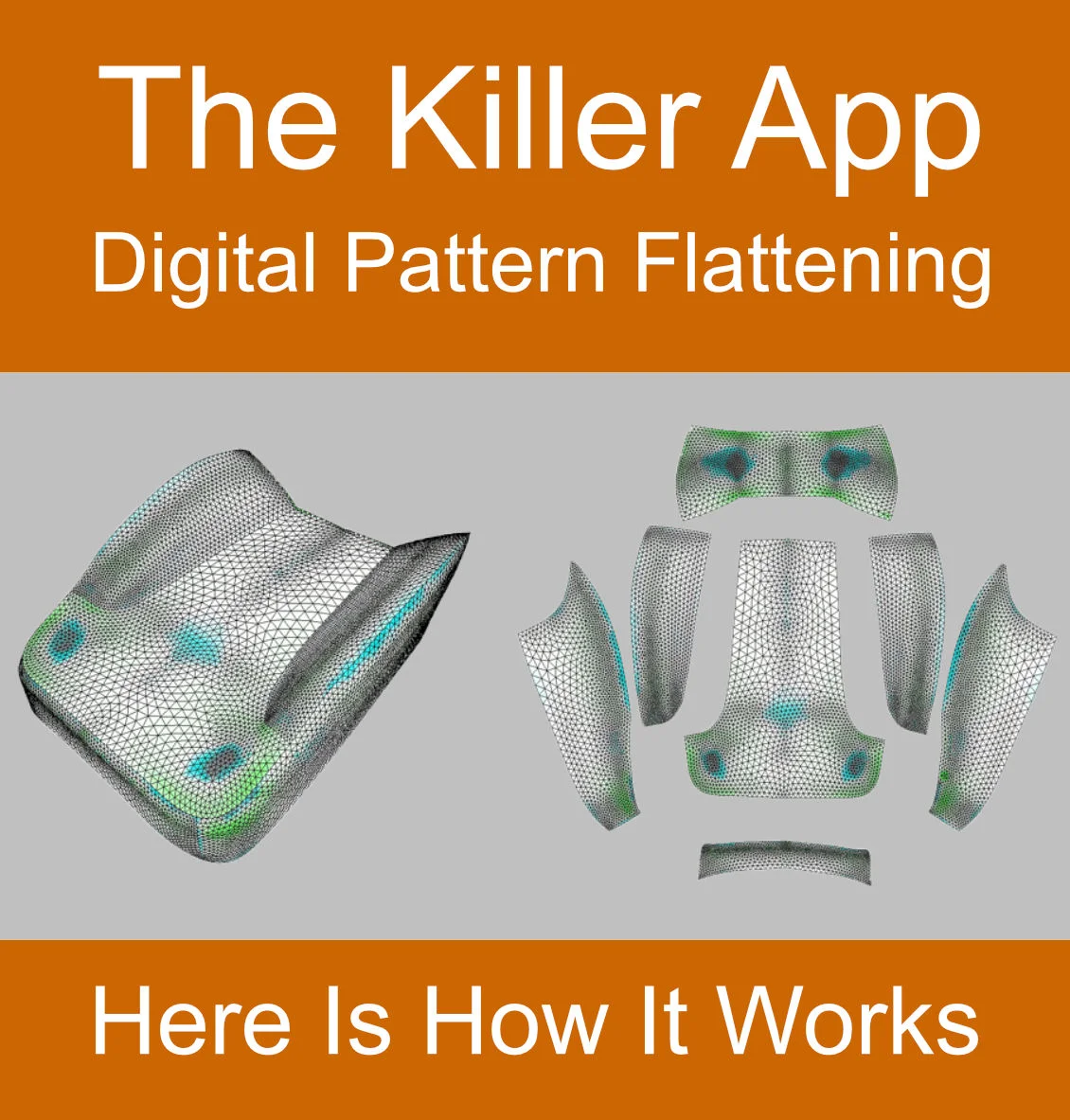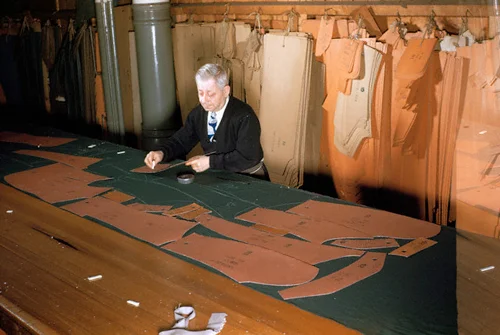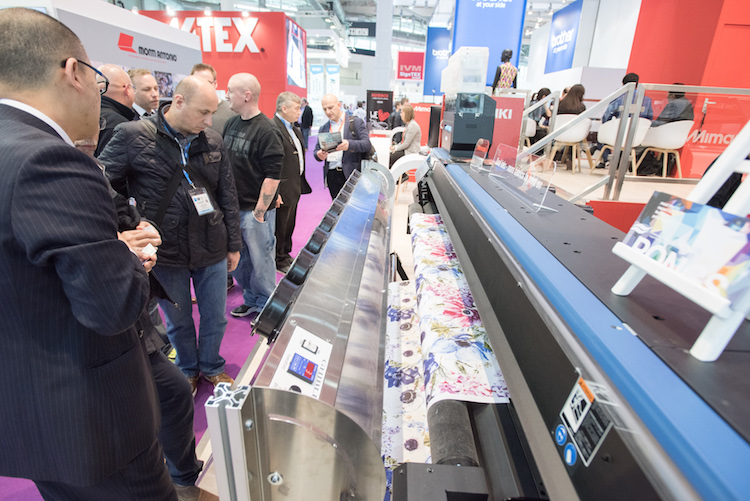What is The Digital Patterning Killer App? 500 iterations in 5 seconds, and perfect fit. Part 1 of 3
This is part 1 of 3 in our series on Digital Pattern Flattening
Digital pattern flattening is a faster, accurate alternative to manual methods which employ draping physical prototypes, and optimizing pattern fit through a succession of manual trials. Here is an overview of how the best digital pattern flatteners work.
What is the problem anyway?
- Companies and pattern makers want accurate patterns, but manual pattern making requires advanced skill and many iterations to get a good fit. The problem is these iterations take valuable time.
- Digital patterning typically gets a perfect fit the first time. How? 500 iterations or more in 5-10 seconds per piece.
- This is why it has been called the killer app in the digital patterning workflow.
Here is how the most accurate digital patterning flatteners work:
Material Properties: The First Part Of The Digital Simulation of Fabric
The first thing digital patterning flatteners do is assign various characteristics to the surface geometry of the models you have created. These characteristics come from the real world properties of the fabric. When these characteristics are assigned the surface geometry of your model approximates the behaviour of real fabrics under conditions of strain (elongation) and sag. The best digital patterning flatteners use a variety of the mechanical properties such as:
- Poisson’s ratio - Ratio of lateral strain to axial strain
- Young’s modulus - Ratio of linear stress to linear strain
- Shear modulus - Ratio of shear stress to shear strain
- Material thickness - The thickness of the material in question
- Warp & Weft - The direction threads of in a fabric; warp threads run the length of the fabric; warp threads are crossed by the weft threads that run across the warp.
Tessellation & Meshing: The Second Part Of The Digital Simulation of Fabric
Digital pattern flatteners simplify the simulation of fabric by tessellating the surfaces. Tessellation is a mathematical process of creating tiles with no gaps between them to represent or cover a surface. In surfaces with lots of curves, these tiles are usually smaller to accommodate more detail. In surfaces with fewer curves the tiles may be bigger. The bottom line is better tessellation offers better representation of the surface which leads to more accurate flat patterns. The most accurate digital pattern flatteners use accurate meshing algorithms as the second part of the digital simulation of fabric.
Pre-flattening and Optimization Algorithms
The next step is to deform the 3D pattern shapes into accurate fitting 2D patterns. To do this a technique called Finite Element Analysis (FEA) is used to simulate the behavior of the fabric in question.
The Finite Element solver subdivides 3D surfaces into a finite number of smaller elements and applies material properties, loads, and boundaries conditions. The algorithms analyze strain, sag, and stress on each element. If there is strain or sag, the simulation deforms the shapes of individual elements and solves for the specific displacements required in order to eliminate both. Stretch and unwrinkle algorithms eliminate wrinkles and folds in flat pattern pieces.
All of this is done this by iterative optimization. Each iteration cycle through the algorithms will produce a more optimal candidate for a flat pattern. In order to get to an optimal flat pattern there are typically 500 iterations but there may be 10,000 or more.
The Finite Element Analysis is a key step in the process and key factor in accuracy
All Finite Element Models Are Not Created Equal.
As with all numerical simulation techniques, accuracy is based on the quality of the algorithms.
Better Finite Element algorithms are more accurate. The best pattern flatteners typically use several different Finite Element Models and algorithms depending on the material type and material geometry.
Here is an examples of digital pattern flattening in action:
Here is another example. In this example you can clearly see the tessellation process and notice how the first pre flattened patterns are before and after optimization. It really is this easy and this fast to get a perfect flat pattern.
If you are ready to know more about Digital Pattern Flattening click below to talk to an expert












